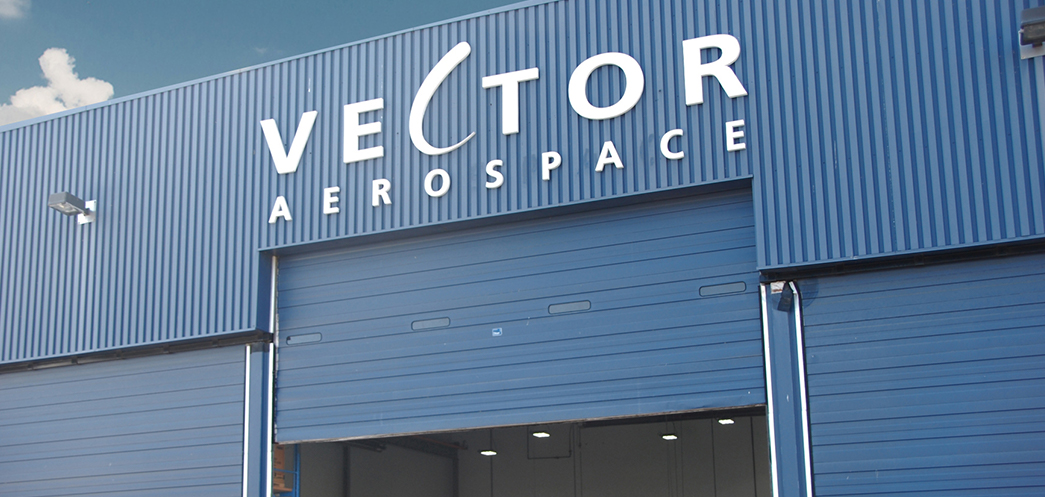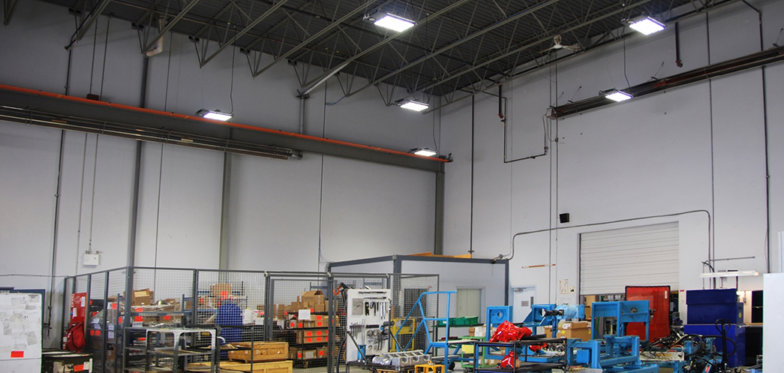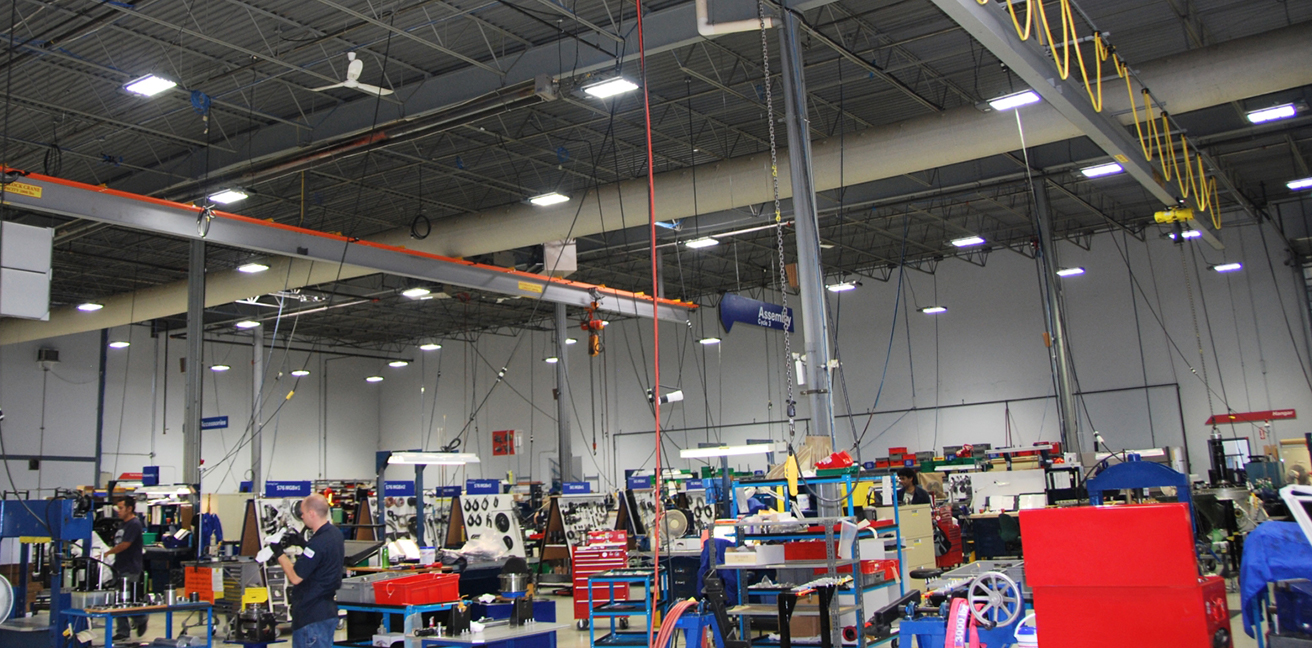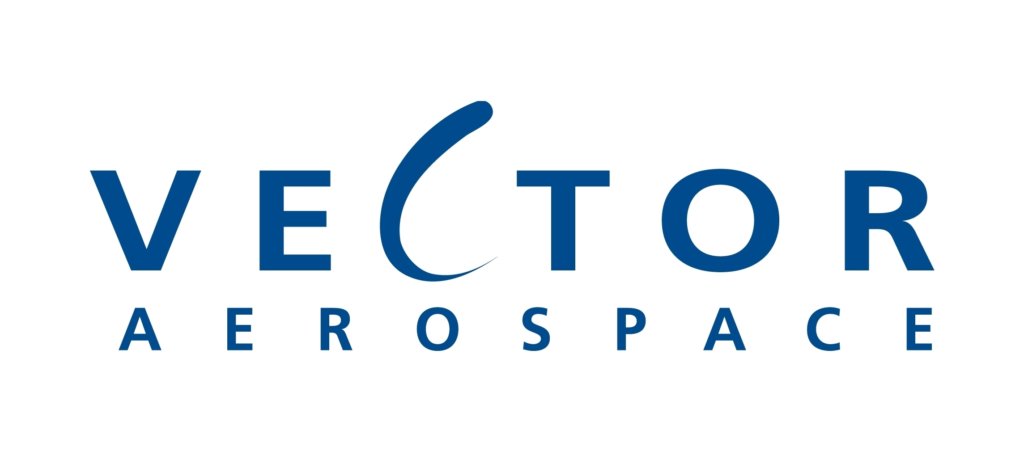Customer: Vector Aerospace
Location: Richmond, BC (Canada)
Facility Size: 14,678 m2 (158,000 ft2)
Operating Schedule: 6 x 20
Environment: MRO Facility
Temperature: Ambient
Installation: Retrofit of 400 W Metal Halides
Savings: 72% energy
Occupancy and Daylight Sensing Drive Efficiency Gains
Vector Aerospace Helicopter Services (Vector) is a worldwide leader in helicopter maintenance, repair, and overhaul (MRO), providing comprehensive support for Sikorsky, Eurocopter, AgustaWestland, and Boeing helicopters. Part of Vector Aerospace, a globally acclaimed provider of MRO services for fixed-wing and rotary-wing aircraft operators around the globe, its service portfolio includes support for various types of turbine engines, dynamic components, structures, and avionics, backed by an impressive array of test cell capabilities and original equipment manufacturer (OEM)-approved programs. From facilities in Canada, the United States, the United Kingdom, France, Australia, and South Africa, the company provides services to more than 2,000 military, commercial, and private operators in 56 countries.
With an absolute commitment to delivering the highest levels of quality and workmanship at a competitive price, Vector’s management fosters a culture of process-driven innovation and efficiency in all aspects of its operations. So when it came to replacing the aging 400-Watt Metal Halide (MH) lighting at its 14,678 m2 (158,000 ft2) helicopter MRO facility in Richmond, British Columbia (Canada), the management team carefully considered all options before moving forward with a new lighting system.

Fixtures assess available light/daylight from open bays and skylights and adjust output levels accordingly.
Lots of Choices, One Solution
Vector conducted a thorough review of suitable lighting alternatives, including fluorescents and plain LEDs, before settling on the Intelligent LED Lighting System from Digital Lumens. Using the Intelligent Lighting System, Vector is:
- Reducing its annual lighting costs by 72%, saving 707,735 kWh annually.
- Significantly increasing the intensity of lighting reaching the workstations that are critical to its operations and the precision work that is at the center of its business.
- Leveraging available ambient daylight to reduce energy use via the system’s integrated daylight harvesting capabilities, which assess the amount of ambient light and smoothly increase or decrease lumen output to meet required light levels.
- Eliminating the maintenance costs associated with frequent re-lamping and re-ballasting.
Facility management was impressed by the durability of the design and the level of integration Digital Lumens achieved with its occupancy and daylight sensing capabilities, which are wirelessly networked and managed through the LightRules lighting management software.

Vector’s HID fixtures were replaced one-for-one with the Digital Lumens 18,000-lumen intelligent lighting fixtures, which deliver better, higher output lighting focused on the work surfaces that are so pivotal to the business
According to John Mellas, Facility Manager for Vector, “Before choosing the Digital Lumens system, we looked at a variety of fluorescent and LED alternatives with add-on sensors, but the quality and flexibility just were not there. It looked like sensors were an afterthought. The Digital Lumens system — with fully integrated controls and sensing — is generations ahead of competitors. The savings are already adding up, and are increasing as we fine-tune luminaire settings to meet our ongoing operational needs.”
The Digital Lumens Recommendation
There was a wide range of lighting challenges that Vector needed to solve with the replacement of the 400 Watt MH lighting. Namely, the legacy luminaires consumed too much energy; could not be cycled on and off (e.g. slow ramp-up times to reach full illumination when needed, and negative impact on the lamp and luminaire lifetimes); experienced rapid lumen depreciation requiring frequent re-lamping and re-ballasting; and forced the facility to over-light space in order to get enough lighting to where it needed to go, which had the unwelcome side effect of producing glare and even higher energy costs.
The Intelligent Lighting System solved all these problems and more by offering:
- A complete system of smart high bay LED luminaires and built-in integrated sensing and controls. Integrated occupancy sensors turn off or dim lighting when a space is unoccupied and instantly back on when needed (off time extends, rather than reduces, the longevity of LED-based luminaires).
- Luminaires with three independently rotatable LED light bars that enable Vector to direct light exactly where it is needed, eliminating glare and the need to over-light.
- Integrated LightRules management software that enables Vector to modify luminaire settings and behaviors without ever touching a luminaire — by zone, luminaire or facility-wide. LightRules also provides comprehensive reports on the operation to take the guesswork out of lighting performance and optimization.
- Interactive Facility Maps that enable Vector to visually monitor how lighting is being used – such as where the activity is concentrated within the facility and percentage of luminaire ‘on’ time during a specified time interval — and fine-tune settings interactively.
- Energy savings accumulate so quickly that they support a rapid payback, with years of follow-on savings going directly to the bottom line.
- A green solution that makes a significant contribution to Vector’s sustainability agenda
Vector’s HID luminaires were replaced one-for-one with the Digital Lumens 18,000-lumen intelligent lighting luminaires, which deliver better, higher output lighting focused on the work surfaces that are so pivotal to the business. When a workstation is unoccupied, lighting now dims to 50%. The facility management team plans to further reduce dimming to 30% over time as employees — used to lighting being on 100% of the time — become familiar with the new system. When the integrated occupancy sensor is subsequently activated, lighting instantaneously returns to full illumination.
“Often, lighting solutions look great on paper, but when you test them under actual facility conditions, major issues crop up that, if known in advance, would de facto kill a project,” continued John Mellas. “We tested both fluorescent and an LED alternative, for example, both of which produced so much glare at the light source that employee complaints were immediate. This observation would not have been possible without the on-site test. Obviously, quality matters and we are thrilled with the results we’ve achieved with Digital Lumens.”


